-50%
Microsoft Azure DevOps Solutions
Rp500,000 Rp250,000
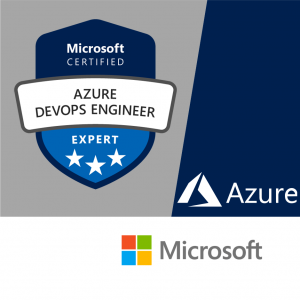
1 × Implementing DevOps Development Processes

1 × Implementing Continuous Integration

1 × Implementing Continuous Delivery

1 × Implementing Dependency Management

1 × Implementing Application Infrastructure

1 × Implementing Continuous Feedback

1 × Designing a DevOps Strategy
- Description
- Additional information
- Certificate
- Reviews (0)
Description
About this course
This seven-MOC packaged set aligned to Azure Exam: Azure Developer Associate contains courseware that helps prepare students for Exam AZ-400. Passing this exam is required to earn the Azure Developer Associate certification.
Courses in this packaged set:
- AZ-400T01: Implementing DevOps Development Processes
- AZ-400T02: Implementing Continuous Integration
- AZ-400T03: Implementing Continuous Delivery
- AZ-400T04: Implementing Dependency Management
- AZ-400T05: Implementing Application Infrastructure
- AZ-400T06: Implementing Continuous Feedback
- AZ-400T07: Designing a DevOps Strategy
What you’ll learn
- Describe the benefits of using source control
- Migrate from TFVC to Git
- Scale Git for Enterprise DevOps
- Implement and manage build infrastructureManage application config & secrets
- Implement a mobile DevOps strategy
- Explain why continuous integration matters
- Implement continuous integration using Azure DevOps
- Configure builds and the options available
- Create an automated build workflow
- Integrate other build tooling with Azure DevOps
- Create hybrid build processes
- Differentiate between a release and a deployment
- Define the components of a release pipeline
- Explain things to consider when designing your release strategy
- Classify a release versus a release process, and outline how to control the quality of both
- Describe the principle of release gates and how to deal with release notes and documentation
- Explain deployment patterns, both in the traditional sense and in the modern sense
- Choose a release management tool
- Explain the terminology used in Azure DevOps and other Release Management Tooling
- Describe what a Build and Release task is, what it can do, and some available deployment tasks
- Classify an Agent, Agent Queue and Agent Pool
- Explain why you sometimes need multiple release jobs in one release pipeline
- Differentiate between multi-agent and multi-configuration release job
- Use release variables and stage variables in your release pipeline
- Deploy to an environment securely, using a service connection
- Embed testing in the pipeline
- List the different ways to inspect the health of your pipeline and release by using, alerts, service hooks and reports
- Create a release gate
- Describe deployment patterns
- Implement Blue Green Deployment
- Implement Canary Release
- Implement Progressive Exposure Deployment
- Recommend artifact management tools and practices
- Abstract common packages to enable sharing and reuse
- Inspect codebase to identify code dependencies that can be converted to packages
- Identify and recommend standardized package types and versions across the solution
- Refactor existing build pipelines to implement version strategy that publishes packages
- Manage security and compliance
- Inspect open source software packages for security and license compliance to align with corporate standards
- Configure build pipeline to access package security and license rating
- Configure secure access to package feeds
- Apply infrastructure and configuration as code principles
- Deploy and manage infrastructure using Microsoft automation technologies such as ARM templates, PowerShell, and Azure CLI
- Describe deployment models and services that are available with Azure
- Deploy and configure a Managed Kubernetes cluster
- Deploy and configure infrastructure using 3rd party tools and services with Azure, such as Chef, Puppet, Ansible, SaltStack, and Terraform
- Define an infrastructure and configuration strategy and appropriate toolset for a release pipeline and application infrastructure
- Implement compliance and security in your application infrastructure
- Describe what is meant by code quality and how it is measured
- Detect code smells
- Integrate automated tests for code quality
- Report on code coverage during testing
- Add tooling to measure technical debt
- Detect open source and other licensing issues
- Implement a container build strategy
- Design practices to measure end-user satisfaction
- Design processes to capture and analyze user feedback from external sources
- Design routing for client application crash report data
- Recommend monitoring tools and technologies
- Recommend system and feature usage tracking tools
- Configure crash report integration for client applications
- Develop monitoring and status dashboards
- Implement routing for client application crash report data
- Implement tools to track system usage, feature usage, and flow
- Integrate and configure ticketing systems with development team’s work management system
- Analyze alerts to establish a baseline
- Analyze telemetry to establish a baseline
- Perform live site reviews and capture feedback for system outages
- Perform ongoing tuning to reduce meaningless or non-actionable alerts
- Plan for the transformation with shared goals and timelines.
- Select a project and identify project metrics and KPIs.
- Create a team and agile organizational structure.
- Develop a project quality strategy.
- Plan for secure development practices and compliance rules.
- Migrate and consolidate artifacts.
- Migrate and integrate source control measures.
Prerequisites
- Fundamental knowledge about Azure, version control, Agile software development, and core software development principles. It would be helpful to have experience in an organization that delivers software.
Estimate Time : 8-12 hours
Additional information
| Author / Publisher | Microsoft |
|---|---|
| Level | Beginner, Intermediate |
| Language | English |
Certificate
When you enrolled into this course you will automatically get a Certificate of Participation for completing the course. An example is provided below.
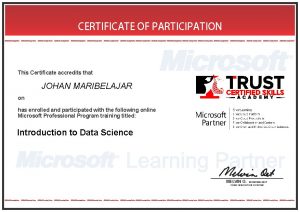
Only logged in customers who have purchased this product may leave a review.


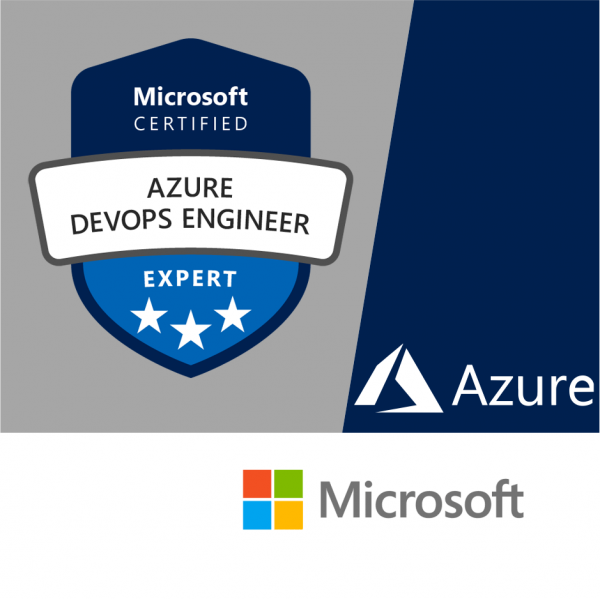

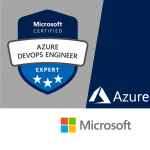

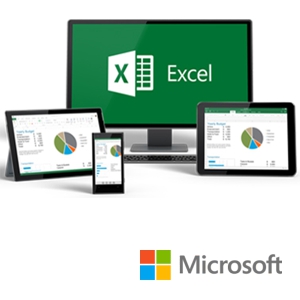

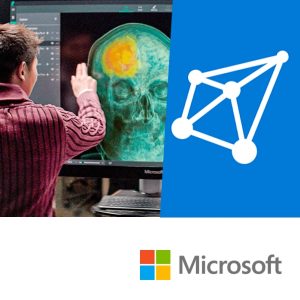
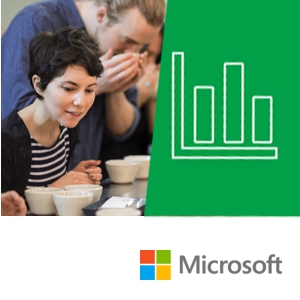
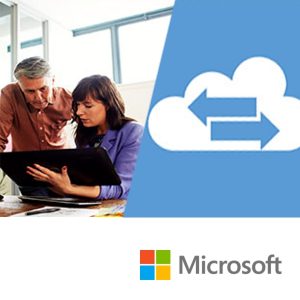



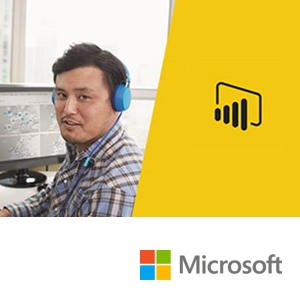

Reviews
There are no reviews yet.